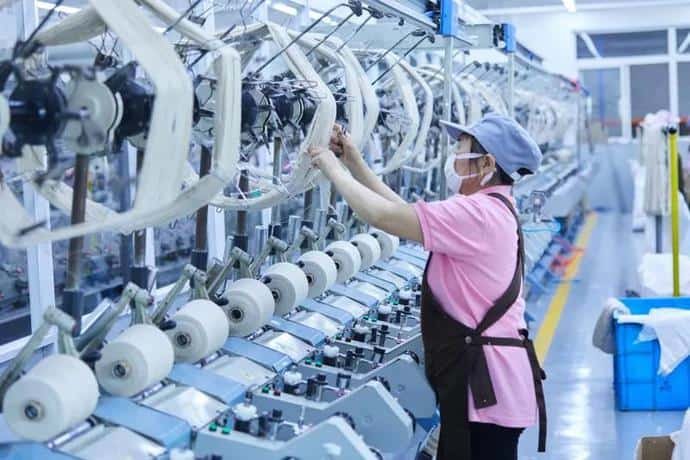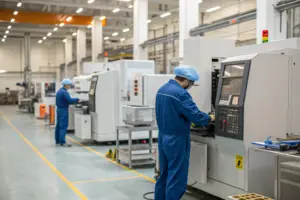The size of the market
Wool spinning industry is an important part of textile industry. It is a manufacturing industry that uses animal wool fiber and wool type fiber as raw materials for wool primary processing, wool stripe manufacturing, wool spinning, wool weaving, wool dyeing and finishing and wool finished products processing.The trend of the consumption market of wool textile is personalized and fashionable, which has become the mainstream. It gives full play to the natural, comfortable and other high-quality characteristics of wool textile products, and develops towards diversification and light luxury, so as to meet the demand of consumers for middle and high-end products.
The expansion of domestic demand and upgrading of consumption will be the biggest driving force for the development of the woolen textile industry, and the market size of the woolen textile industry will increase from 4.86 billion yuan to 7.18 billion yuan from 2015 to 2019.However, in recent years, due to multiple factors such as the downturn of the international market, the slowdown of domestic economic development, the rapid rise of labor costs, and the epidemic situation, the profit level of the woolen textile industry has been declining.It is expected that 2021 will be better than 2020.

Future development prospect
National strategies and favorable policies
In September 2016, the Ministry of Industry and Information Technology issued the Textile Industry Development Plan (2016-2020), which stated that the average annual growth rate of industrial added value of textile enterprises of a certain scale should be maintained at 6%-7%.The share of textile and garment exports in the global market remained basically stable.The growth mode of textile industry changes from scale and speed to quality and benefit.
2. Expansion of domestic demand and upgrading of consumption
The expansion of domestic demand and consumption upgrading will be the biggest driving force for the development of China's textile industry. The combination of development dividends and reform dividends, such as the income growth of urban and rural residents, the construction of new urbanization and the full implementation of the two-child policy, will promote the growth of textile consumption.
3.A new round of technological revolution
The in-depth application of information technology in the design, production, marketing, logistics and other links of the textile industry will promote the transformation of production mode to flexible, intelligent and refined, and from traditional production and manufacturing to service-oriented manufacturing.The deep integration of textile industry with information technology and Internet provides a broad space for innovation and development.
If you're tired of unexpected fees, missed delivery windows, or confusing customs documents, it's time to try DDP. At Fumao Clothing, we’ve built our operations around serving clients like you—ambitious, quality-focused brand owners in the U.S and Europe. Let us manage your full journey from design to doorstep. Contact our Business Director Elaine at elaine@fumaoclothing.com to explore how our DDP solutions can simplify your sourcing.



















